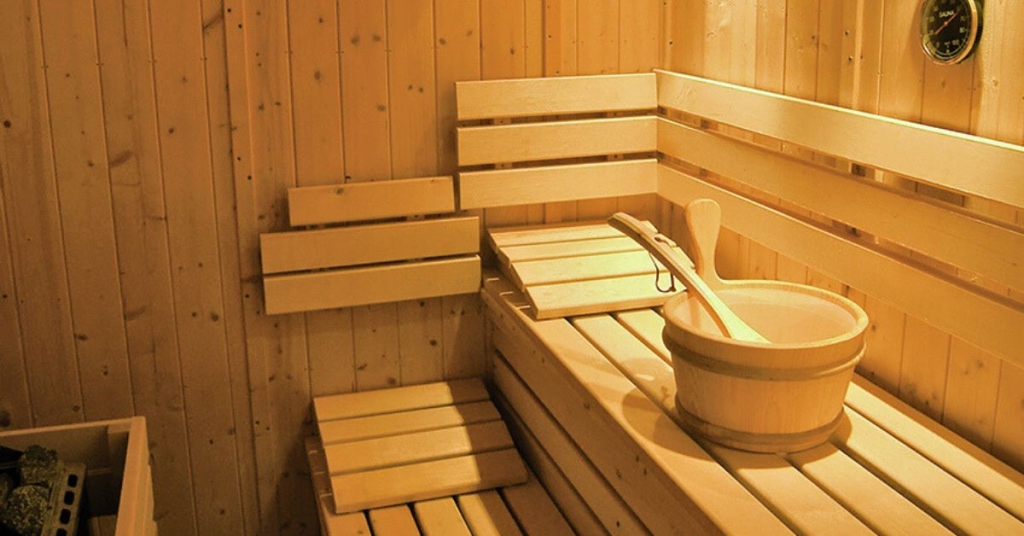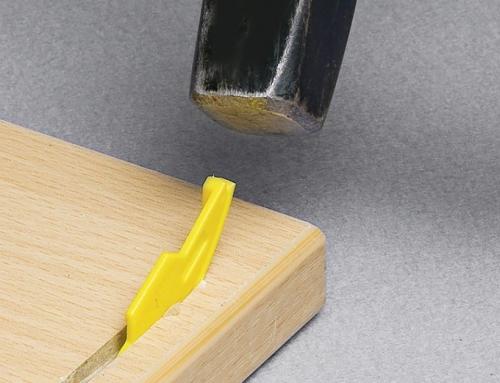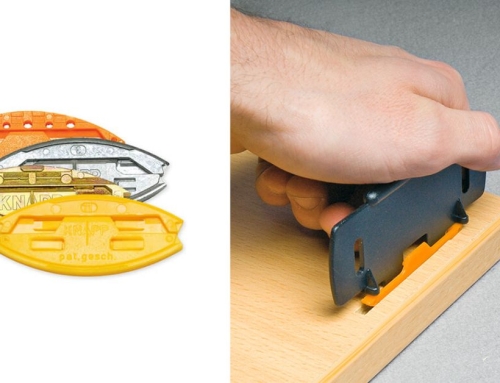Woodworking joinery has a history as rich and intricate as the finest dovetail joint. Though joinery techniques have evolved, the core principles of skill, patience, and precision have remained constant, from ancient civilizations to modern artisans.
Imagine early humans crafting tools with basic implements and strong determination. Fast forward to today, and the sound of chisels and mallets blends with the hum of power tools in workshops worldwide.
Traditional joinery represents a legacy of craftsmanship passed down through the ages, with a touch more sophistication than the first caveman with a whittling knife. Let’s explore the history of traditional woodworking joinery.
The Birth of Woodworking Joinery
Humans have turned to wood as a primary building material for shelter since ancient times. Early woodworkers had limited tools, yet their creativity knew no bounds. They devised methods to join wooden pieces without the need for nails or screws, relying instead on the wood’s strength and the precision of their cuts. These early methods laid the groundwork for the joinery techniques we still use today.
Primitive Beginnings
We can trace the earliest forms of joinery back to ancient Egypt, where woodworkers used pegs in furniture construction. These primitive joints were simple yet effective, demonstrating the early woodworker’s ability to create durable connections. The Egyptians refined their techniques, leading to more complex joints, such as the dovetail, which became a staple in their woodworking repertoire.
The Influence of Ancient Civilizations
The Greeks and Romans further advanced the art of joinery, introducing innovations such as the tenon and mortise joint, which increased stability and strength. These civilizations recognized the importance of solid and well-crafted joints in constructing everything from furniture to ships, and their contributions have had a lasting impact on woodworking techniques.
The Art of Handcrafted Joinery
While modern technology has introduced new methods and materials for woodworking, the art of handcrafted joinery remains highly valued. Skilled artisans continue to practice traditional techniques, preserving the craftsmanship and attention to detail that defines this age-old craft.
The Joy of Hand Tools
Many woodworkers prefer the tactile experience of working with hand tools. The feel of a finely sharpened chisel or the rhythmic motion of a hand plane can be deeply satisfying. Hand tools also allow for greater precision and control, enabling woodworkers to create joints that fit perfectly and hold firm.
The Satisfaction of Precision
Creating a well-fitted joint requires patience, skill, and a keen eye for detail. Woodworkers must carefully measure, cut, and fit each piece, ensuring that every joint is snug and secure. The satisfaction of seeing a finished piece come together, with all its joints fitting perfectly, is a reward.
The Legacy of Craftsmanship
Handcrafted joinery represents a connection to the past, continuing the traditions and techniques developed by generations of woodworkers. By preserving these skills, modern artisans honor the legacy of craftsmanship and ensure that the art of joinery will continue to thrive.
The Cultural Significance of Woodworking
Woodworking isn’t just about creating furniture or functional items; it’s deeply intertwined with cultural traditions and identities around the world. Picture this: ancient craftspeople gathering in bustling markets, sharing the techniques and tales of their craft, forging community bonds.
In Japan, for instance, Sashimono’s intricate joinery techniques have been passed down through generations. They embody precision and the philosophy of wabi-sabi, the beauty of imperfection.
Meanwhile, the Scandinavians celebrate woodworking through Slöjd, a practice that highlights functionality and aesthetic beauty, often seen in their minimalistic and design-focused furniture.
Storytelling Through Wood
In many cultures, woodworking has served as a form of storytelling. Totem poles of the Indigenous peoples of the Pacific Northwest Coast, for example, are not just majestic wooden structures but narrators of history, mythology, and ancestry. Each carved figure symbolizes a part of the community’s past, a tale chiseled into the wood for future generations.
Community and Identity
Woodworking goes beyond functionality and aesthetics; it fosters community and cultural identity. In Africa, traditional skills are taught through apprenticeships, allowing young learners to gain technical skills while honoring their cultural values. This practice is essential for preserving the cultural identity of artisan communities.
When the sawdust settles and the chisel marks remain, it’s clear that woodworking is much more than a craft; it’s a cultural cornerstone, an art form that shapes and is shaped by the identities and histories of those who practice it.
Modern Applications of Traditional Joinery
While traditional joinery techniques are steeped in history, they are far from obsolete. In fact, many modern woodworkers and designers continue to use these methods, recognizing their superior strength and aesthetic appeal.
Furniture Design
Traditional joinery remains a popular choice for high-quality furniture design. The strength and durability of joints, such as the mortise, tenon, and dovetail, make them ideal for constructing tables, chairs, and cabinets that can withstand the test of time. Additionally, the beauty and craftsmanship of these joints add an element of artistry to any piece of furniture.
Architectural Elements
Joinery techniques are also used in architectural elements, such as timber framing and decorative woodwork. The precise, interlocking joints provide structural integrity while allowing for creative expression. For example, timber framing relies heavily on traditional joinery methods to create solid and stable structures without needing metal fasteners.
Artistic Creations
Artisans specializing in woodworking often use traditional joinery techniques in their creations. Woodworkers may use intricate joints to create sculptures, decorative panels, and other works of art. These pieces showcase the versatility and beauty of wood, and the artisan’s skill and creativity.
The Rewards of Learning Joinery
The path is challenging and rewarding for those interested in learning traditional joinery. Mastering these techniques requires dedication, practice, and a willingness to learn you’re your mistakes. However, the rewards of creating beautiful, functional pieces with your hands are well worth the effort.
Learning joinery involves developing a range of skills, from precise measuring and cutting to understanding the properties of different types of wood. Woodworkers must also learn to use various hand and power tools to achieve the desired results. This process takes time and practice, but the skills gained are invaluable.
Embrace and Appreciate Your Woodworking Skills
The history of traditional woodworking joinery highlights the artistry and skill of human craftsmanship, reflecting a rich heritage. Start your exploration into joinery with the basics and build your skills. Consider using plastic dowel connectors from Knapp Connectors for a modern twist and to streamline your projects. With dedication, you can master this timeless craft!






